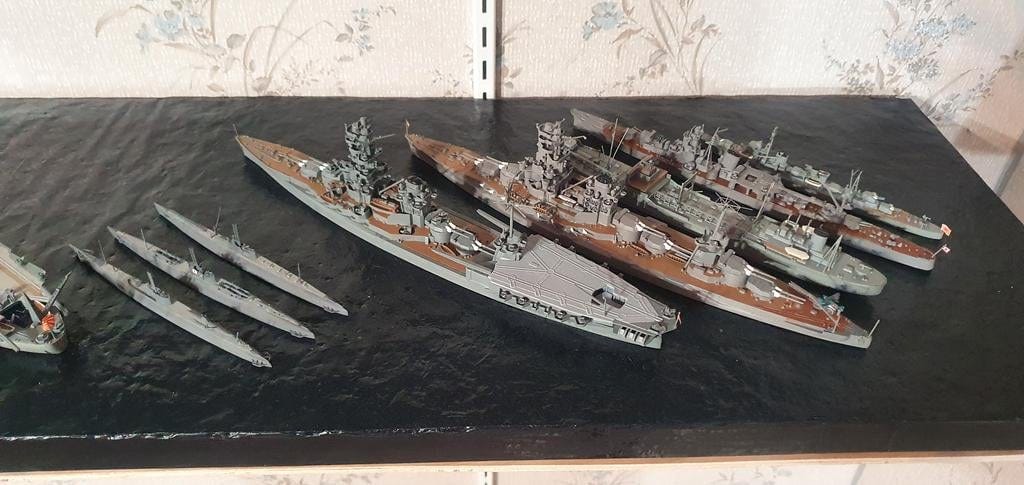Two Hyugas: A Fantasy Kantai Kessen Task Force
My 1/700 scale fantasy Japanese battle fleet
The Imperial Navy maintained faith in “Kantai Kessen,” a doctrine of decisive battle, until almost the end of World War II even though it ran against all the tactical trends of the time. One curious effect of this myopia was that their treasured reserve of battleships had no air reconnaissance support. This is why the Yamato was equipped with seaplanes,…
Keep reading with a 7-day free trial
Subscribe to Polemology Positions to keep reading this post and get 7 days of free access to the full post archives.


